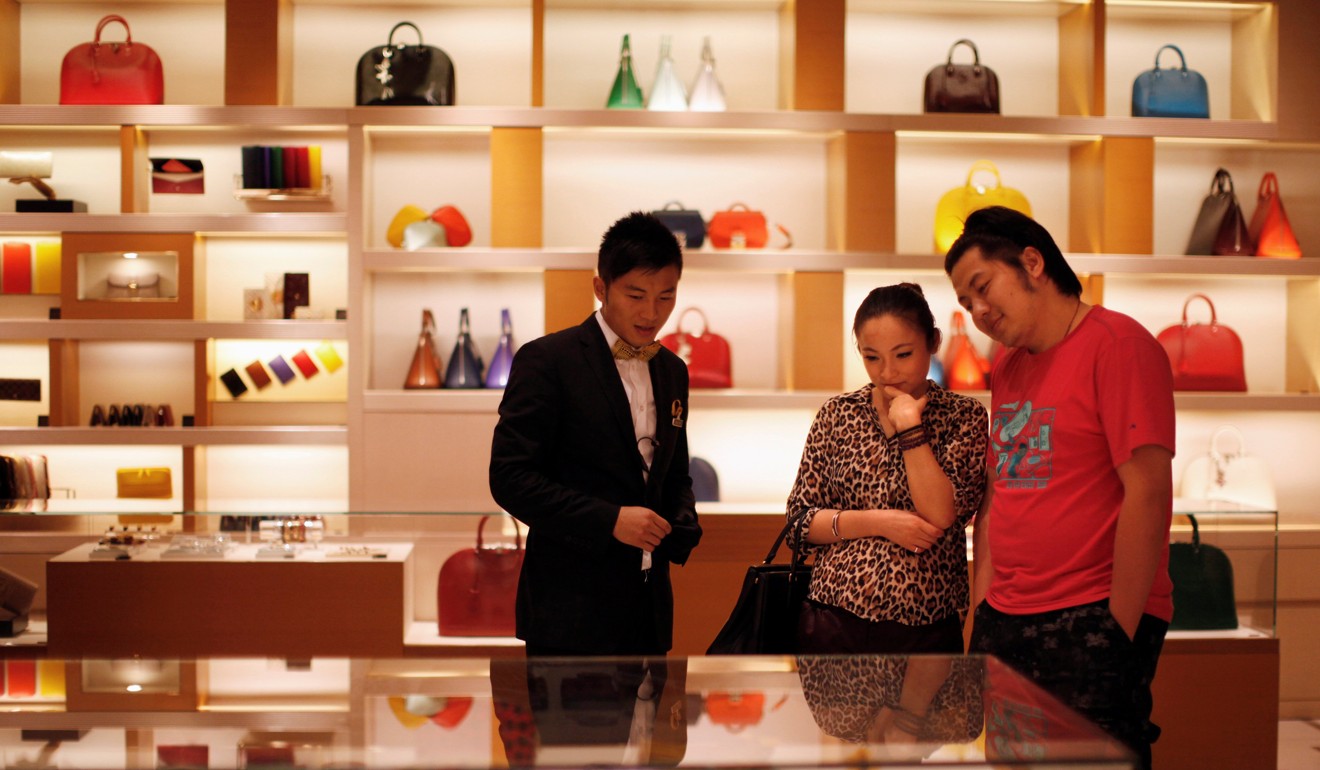
Surge in lipsticks sales in China points to influence of internet celebrities – not looming downturn
Cosmetics category grew by 97 per cent in 2017
Lipstick sales in China almost doubled last year, exceeding growth in other key colour cosmetics categories, including eye and facial make-up, according to a report by Red Lab, a Chinese consultancy that focuses on cosmetics retailing.
In general, growth in the cosmetics sector outstripped fast-moving consumer goods, which saw a growth of 4.3 per cent, while sales of lipsticks expanded by 97 per cent. Skincare products expanded by 16.95 per cent and ersonal care goods grew by 7.73 per cent.
The growing influence of “internet celebrities” has played a vital role. “The rise of internet celebrities in China has not only pushed up the sales of lipsticks, but also the clothes and other cosmetics they wear,” said Hong Xueyu, an analyst with Guotai Junan Securities.
Women from big cities such as Shanghai, Beijing and Guangzhou bought a big chunk of the lipsticks sold in 2017 on Tmall, an e-commerce platform owned by Alibaba Group Holding, which also owns the South China Morning Post, the company said. Alibaba, which described the growth in lipstick consumption last year as “explosive”, reported that more than three million woman – roughly the population of Mongolia – bought more than five lipsticks each.
The Chinese e-commerce giant identified Chinese movie star Yang Mi, Chinese singer Li Yuchun and Chinese actress Tang Yan as among the most influential celebrities affecting shopping choices for lipsticks.
Yves Saint Laurent, the French luxury brand, has also benefited. It was, at one point, among the most searched brands in China, with discussion feeds related to the brand being viewed more than 10 million times on Weibo, China’s equivalent of Twitter. It all started after viewers spotted a Korean star wearing one of the brand’s lipsticks in a popular TV show.
“Lipstick is definitely the champion in terms of growth. Since it is one of the most basic and easy to use colour cosmetic products, consumers normally start buying lipsticks when they first start doing make-up,” said Veronica Wang, associate partner at OC&C Strategy Consultants.
“Instead of owning just one to two lipsticks, and replenishing these when they are used up, most consumers continuously expand their portfolio,” she said.
A surge in spending on cosmetics is, however, also seen as heralding an economic downturn, a phenomenon known as the “lipstick effect”, where consumers shift their spending towards lower-cost goods and away from big-ticket items such as designer handbags.
But analysts were quick to dismiss the robust sales of lipsticks as a sign of economic troubles ahead.
“We do not think the traditional lipstick effect is the key driver behind the rapid growth of lipstick sales in China,” said Wang.
“Although economic growth in China has been slowing down, 6 to 7 per cent GDP growth is still decent and much faster than other countries,” she added.
After three decades of dazzling economic development, China is expected to report slower rates of growth going forward. Its economy expanded by 6.7 per cent in the second quarter, its slowest pace since 2016, the government said on Monday. However this is still well above economic growth in the United States, which is expected to report a 3.3 per cent annualised growth rate in GDP for the second quarter, according to analysts at Morgan Stanley.


